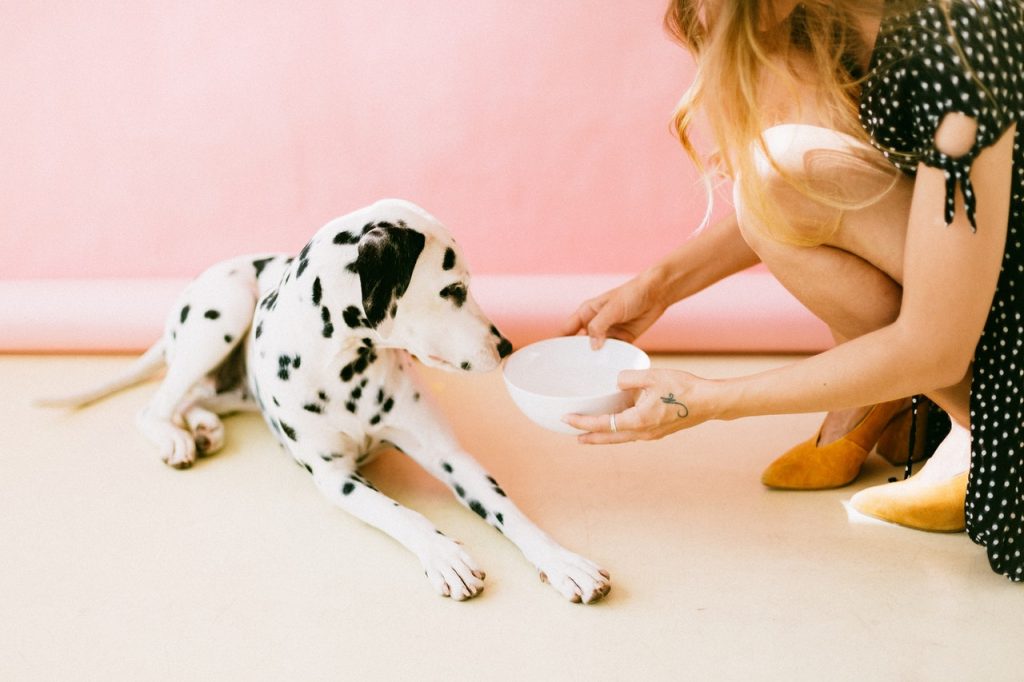
When welcoming your new puppy to your home, there are a lot of things to think about: supplies, schedules, training, etc. It can be an overwhelming amount of research to do, but absolutely vital to ensure the happiness of your new fur baby. The first thing you will need to figure out is what to feed them, when to feed them and how much.
What to Feed Your Dog
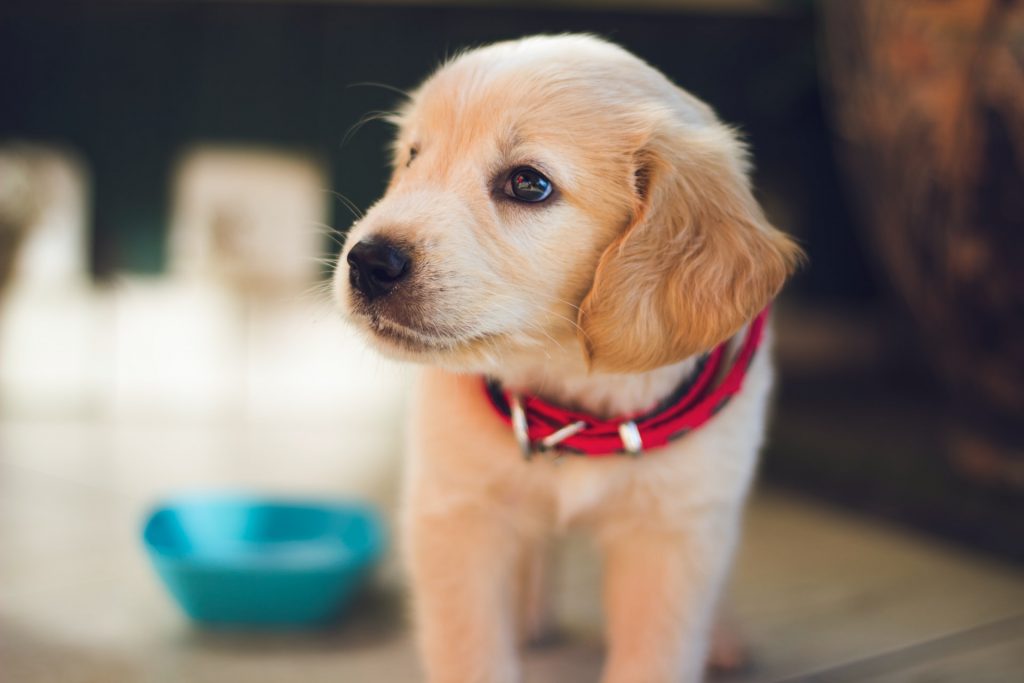
First off, puppies need puppy food. Puppy food provides a balanced, nutritious meal to allow them to grow into healthy adult dogs. Try to find foods that are specified for your dog’s breed size and are high in protein, and include carbohydrates, calcium, and DHA to support their growth. You also have the option between wet and dry food – this all comes to taste for your pup. Most dogs are okay with just eating dry food, but sometimes the pickier pups prefer most moisture. You can also strike a balance between the two, but ensure that the amount does not exceed their daily caloric diet.
Choosing between dry food, wet food, or even both can seem confusing. Canned food is the most expensive option, but dogs LOVE it because it is quite smelly and tasty whereas kibble can be more affordable and offer a more balanced diet for your puppy. Kibble can be drying, but can be moistened with water to provide extra hydration.
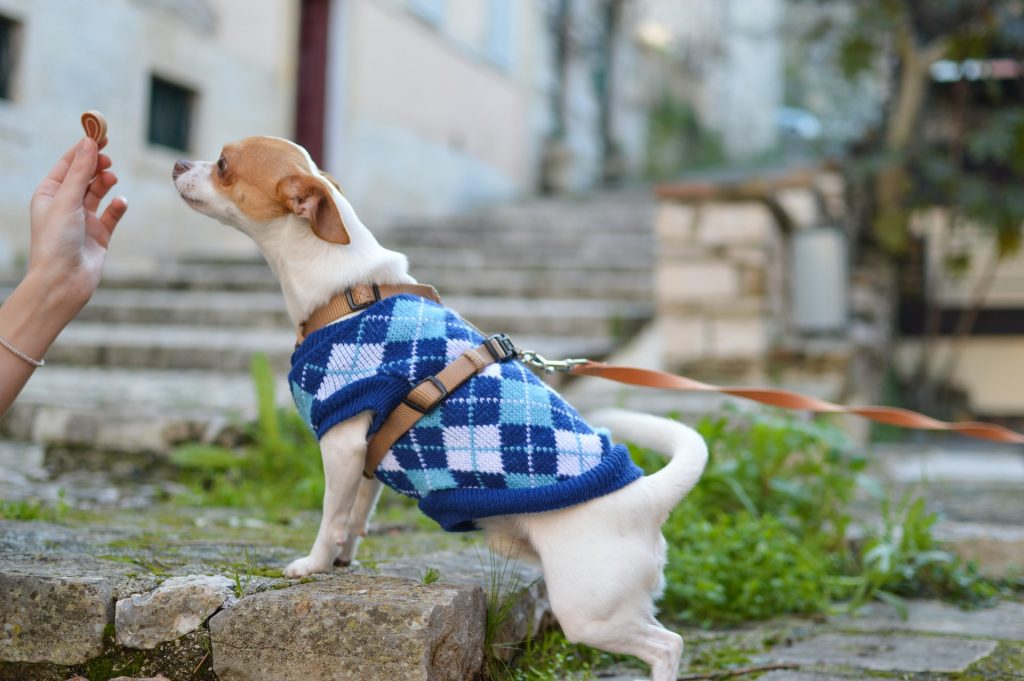
This also go for treats! We know that training requires a LOT of treats so trying to find a low-calorie training treats will be key during this time. Treats should NOT exceed 10% of your puppy’s daily diet.
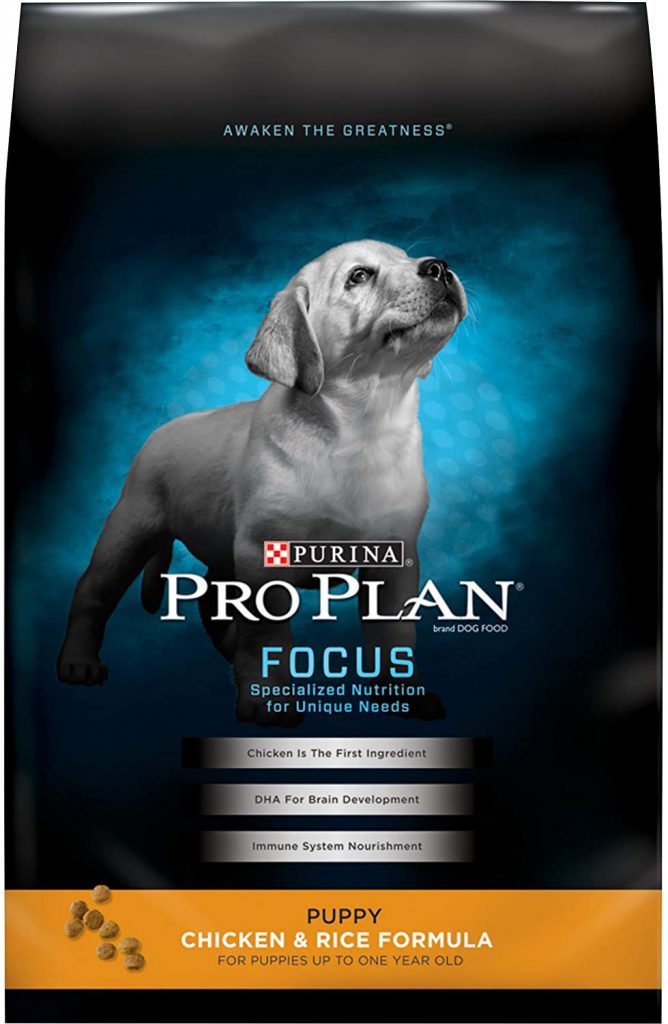
Purina Pro Plan High Protein Puppy Food
Best Overall
This puppy food is high in protein (for growing bones!), and has highly specialized nutrition with DHA’s, antioxidants, calcium and omega-6.
How Much to Feed Your Dog

Once you have found the perfect food for your puppy, it’s time to figure out how much you need to feed them per meal. Every brand is different so it’s important to read the instructions on the back of the label and figure it out. Your veterinarians can also give guidance and insights on your dog’s specific breed as well.
Between 3-6 months, feed your puppy about 3 to 4 times a day the portion perfect for their size. Once they hit about 3 months, they start to loose their baby weight and the rest of their limbs continue to grow.
Between 6-12 months, you can start feeding them twice daily. Small breeds can start to make the switch to adult food around 7-9 months while larger breeds make the switch closer to 10-12 months.
Remember to:
Clean your puppy’s food bowl regularly in order to prevent any remaining bacteria from their previous meal to enter their body.
Have your puppy weighed regularly at the vet to keep track of their growth! Most vets are happy to allow you to use their scale and can even update their weight in your file in case you forget to write it down. Taking your puppy to the vet regularly can associate the vet in a positively because you will most likely be using a treat to get them to sit on the scale. Allow the veterinary staff to give him treats as well! Dog who carry too much weight are at risk for orthopedic problems, diabetes, heart disease, other disease, etc.
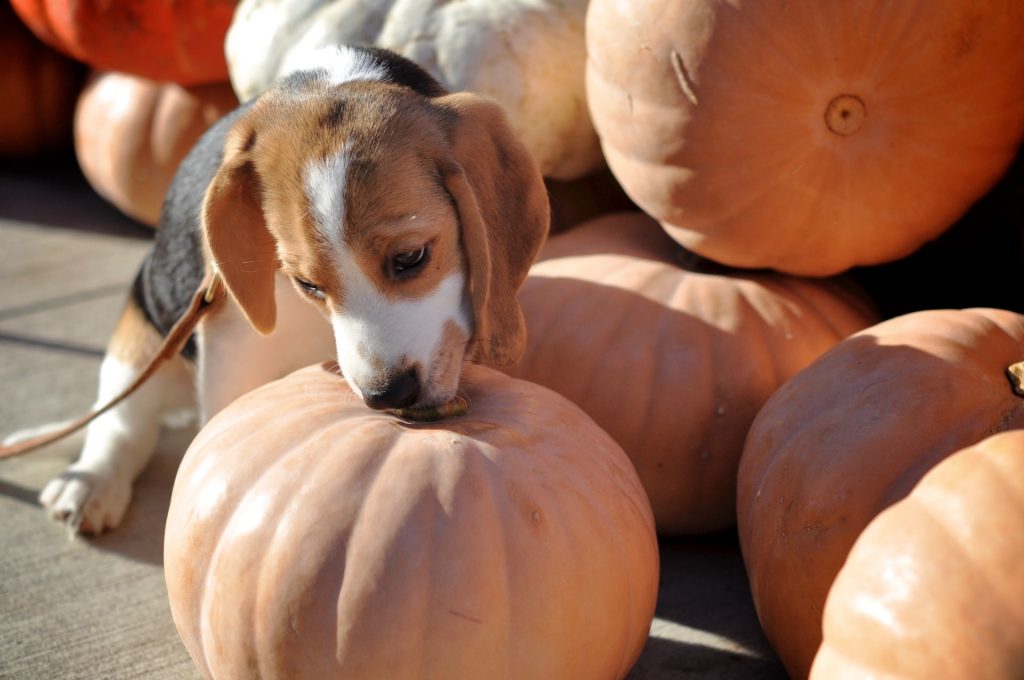
Do NOT feed your puppy scraps from the table! There are some ingredients we use in our everyday lives that can be quite toxic to pups, such as garlic and onion. It can also cause overfeeding and make your puppy more picky about the foods they typically eat. If you want to add some variety to their meals, pumpkin, carrots, apple chunks (NOT THE CORE!), are healthy options!

Do NOT allow your puppy to “free feed” or “graze” their food as it can cause your puppy to binge eat and cause obesity. Set the expectation when you can for feeding times. However, there are some dogs that are able to maintain their weight, so just measure out the entire day’s portion of food in the morning and offer the food several times a day.
You can also use food toys that drop out pieces of kibble as they are moved. This is great for dogs that eat too fast or need more encouragement to eat their food.
How to Determine a Schedule
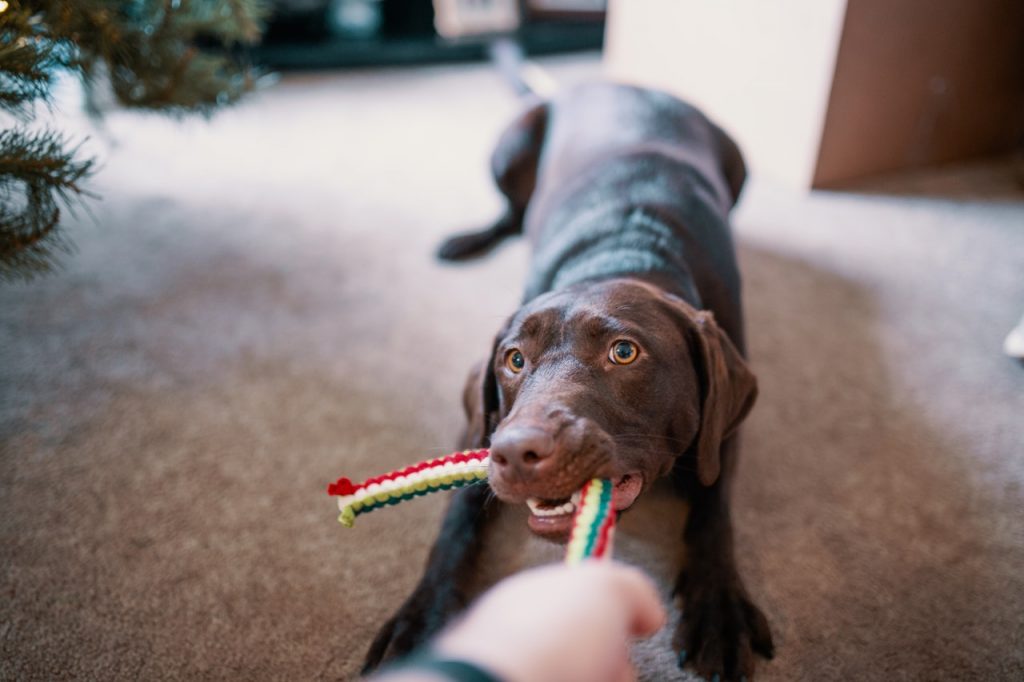
Since your life is unique, your puppy’s feeding schedule can easily be adjusted to suit your needs. If you’re a full-time working adult, enlisting the help of family, friends, neighbors, and dog walkers will be key in ensuring that your puppy is able to keep their schedule.
Schedule your feeding schedule around when your puppy needs to relieve themselves. Here is an awesome guide on how to potty train your puppy.
This is a sample of an ideal puppy feeding schedule:
- 6:30am – 7:30am | Wake up and take your puppy out of their crate. Carry them outside to relieve themselves. Puppies typically tend to need to relieve themselves as soon as they wake up so carrying them outside will prevent any accidents in the home!
- 7:30am – 8:00am | Feed your puppy as soon as you get inside. They will be super hungry after their sleep and morning exercise. Give them some playtime or another long walk to tire them out, and then return them to their crate for nap time. Leaving them inside the crate with a fun activity, such as a kong, will distract them while you get ready for work.
- 10:00am | Take your puppy on another walk for some exercise! They are going to be energetic from having a nice meal and will most likely need to relieve themselves. After spending some time with them, return them to their crate for another nap.
- 12:00pm | It is time for their midday meal! After they finish they food, it is a good idea to take them outside to relieve themselves after their food. This can also be done before they receive their food as some puppies cannot wait.
- 1:00pm – 2:00pm | Take your puppy out for another long walk or some playtime! Puppies have an insane amount of energy that needs to be expended.
- 4:00pm – 5:00pm | Another nice evening stroll is ideal for your pup to relieve themselves and help you de-stress.
- 6:00pm – 7:00pm | It is dinner time! Feeding your puppy every 6 hours is ideal in the beginning since they need more nutrients during this time. Eventually you will only need to feed them once every 12 hours. Pull away water for the rest of the night so there aren’t any accidents!
- 8:00pm – 9:00pm | Last walk of the night. Try and tire out your puppy as much as possible for a great, restful night (this will also help you sleep too!)
- 9:30pm – 10:00pm | It is bed time! Allow them to relax in their crate while you’re in the room or whatever you need to do for the night. This should help with separation anxiety and allow them to be okay with relaxing by themselves.
How to Transition to Adult Dog Food

When your puppy is ready to switch to adult dog food, it is important to make a gradual transition over a few days. Slowly replace portions of the puppy food with the new adult food. Sudden changes in diet can cause tummy upsets in your puppy!
Tips and Tricks
- Get everyone in your home and anyone visiting in on your puppy’s feeding schedule in order to maintain it and their weight.
- Always have fresh water available for their meals.
- Always consult your veterinarian for any questions you have regarding their weight, food, etc.
- Sticking to the schedule as often as possible makes it easier for you and your puppy to work around!
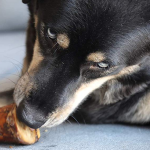
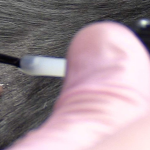

Leave a Reply